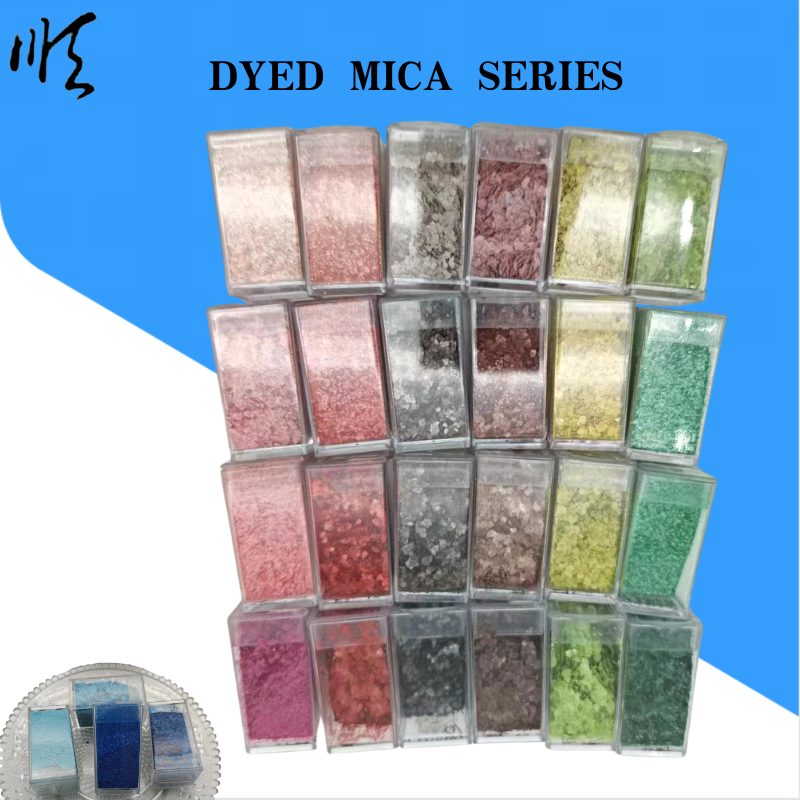
Using Clay Pebbles to Enhance Your Gardening Experience and Improve Plant Growth
Clay Pebbles for Gardening An Essential Guide
Gardening is an enriching hobby that connects us with nature, providing a sense of accomplishment and tranquility. While many gardening techniques and materials contribute to a flourishing garden, clay pebbles have garnered attention for their numerous benefits. These versatile growing mediums play a significant role in various gardening styles, particularly in hydroponics, aquaponics, and container gardening.
What Are Clay Pebbles?
Clay pebbles, also known as expanded clay aggregate or LECA (Lightweight Expanded Clay Aggregate), are small, round balls made from kiln-fired clay. During the firing process, the clay expands, creating bubbles within the structure, which results in a lightweight, porous material. The typical size ranges from 8mm to 16mm, making them a perfect choice for various gardening applications.
Benefits of Clay Pebbles
1. Drainage and Aeration One of the standout features of clay pebbles is their excellent drainage capabilities. Their porous nature allows water to flow freely while preventing the soil from becoming waterlogged. This drainage is crucial for preventing root rot and ensuring that plant roots receive adequate oxygen. The air pockets created by the pebbles promote aeration, which is vital for healthy root development.
2. Lightweight and Easy to Handle Unlike traditional soil, clay pebbles are lightweight, making them easy to handle and move around. This attribute is particularly valuable for container gardening, where the weight of the pots can be a significant consideration. Gardeners can enjoy the flexibility of rearranging their plants without straining themselves.
3. pH Neutral Clay pebbles are pH neutral, meaning they won’t alter the acidity or alkalinity of the soil or nutrient solution. This property allows them to be an ideal growing medium for various plants, ensuring that they grow without any chemical imbalances that could inhibit their growth.
4. Reuse and Longevity One of the economic advantages of clay pebbles is their durability. When cared for properly, they can be rinsed and reused multiple times, making them a sustainable choice for gardeners. After harvesting a crop, simply wash the pebbles, sterilize them, and they are ready for another round of planting.
clay pebbles for gardening

5. Pest Resistance Unlike soil, clay pebbles are less prone to harboring pests and diseases. This factor can significantly reduce the likelihood of infestations and diseases, creating a healthier environment for your plants.
How to Use Clay Pebbles in Your Garden
Using clay pebbles is relatively straightforward, making them suitable for both novice and seasoned gardeners
. Here are a few ways to incorporate clay pebbles into your gardening routine- Hydroponics Clay pebbles can serve as the primary growing medium in hydroponic systems. They provide an excellent support structure for plants while allowing water and nutrients to flow through easily.
- Aquaponics In aquaponic setups, clay pebbles are commonly used in grow beds. They support plant growth while filtering water, which is then cycled back to the fish tank.
- Container Gardening For potted plants, clay pebbles can be used as a drainage layer at the bottom of the pot. This addition aids in preventing root rot and helps maintain the health of your plants.
- Soil Amendment Mixing clay pebbles into your garden soil can improve drainage and aeration, particularly in heavy clay soils that typically retain too much moisture.
Conclusion
Incorporating clay pebbles into your gardening practice can elevate your plants’ health and yields. Their unique properties provide effective drainage, aeration, and pest resistance, making them an invaluable asset in various gardening techniques. Whether you are a hydroponic enthusiast, a container gardener, or simply looking to enhance your soil, clay pebbles offer a practical and sustainable solution to meet your gardening needs. Embrace the versatility of clay pebbles and watch your garden flourish!
Share
-
Natural Premium Bentonite Cat Litter - Superior ClumpingNewsJul.31,2025
-
Premium Resin Coated Sand - High Heat Resistance CastingNewsJul.31,2025
-
High Quality Silicon Carbide Grit for Abrasive ApplicationsNewsJul.30,2025
-
High-Quality Ceramsite for Plants & Gardening | Lightweight PebblesNewsJul.29,2025
-
Premium Burgundy Glass Marbles for Vases & Shooter GamesNewsJul.29,2025
-
High Purity Quartz Sand for Industrial and Ground ApplicationsNewsJul.29,2025






